- Home
- Electrical
.....Read More

Cables & Conductors

Conduit, Fittings & Strut Channel Framing

Electrical Boxes & Enclosures
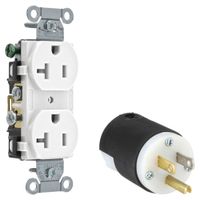
Electrical Connectors & Wiring Devices
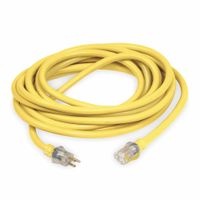
Extension Cords, Power Strips & Cord Reels

Fuses, Circuit Breakers & Safety Switches

Grounding Rods, Braids & Connectors

Industrial Controls, Automation and Machine Safety
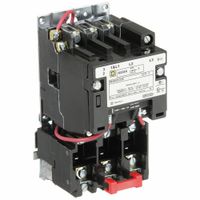
Motor Controls
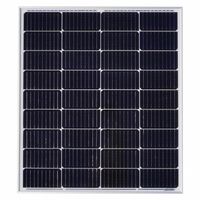
Solar Panels & Accessories

Temporary Power Distribution

Transformers, UPS & Power Supplies
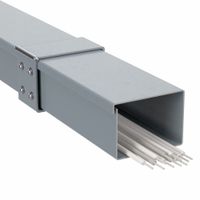
Wire & Cable Management
Frequently Asked Questions
What is electrical engineering?
How does electricity work?
What are the basic electrical components?
How to wire a circuit?
What is the difference between AC and DC current?
How to calculate electrical power?
What are common electrical safety tips?
How to troubleshoot electrical problems?
What is grounding in electrical systems?
How to read an electrical schematic?